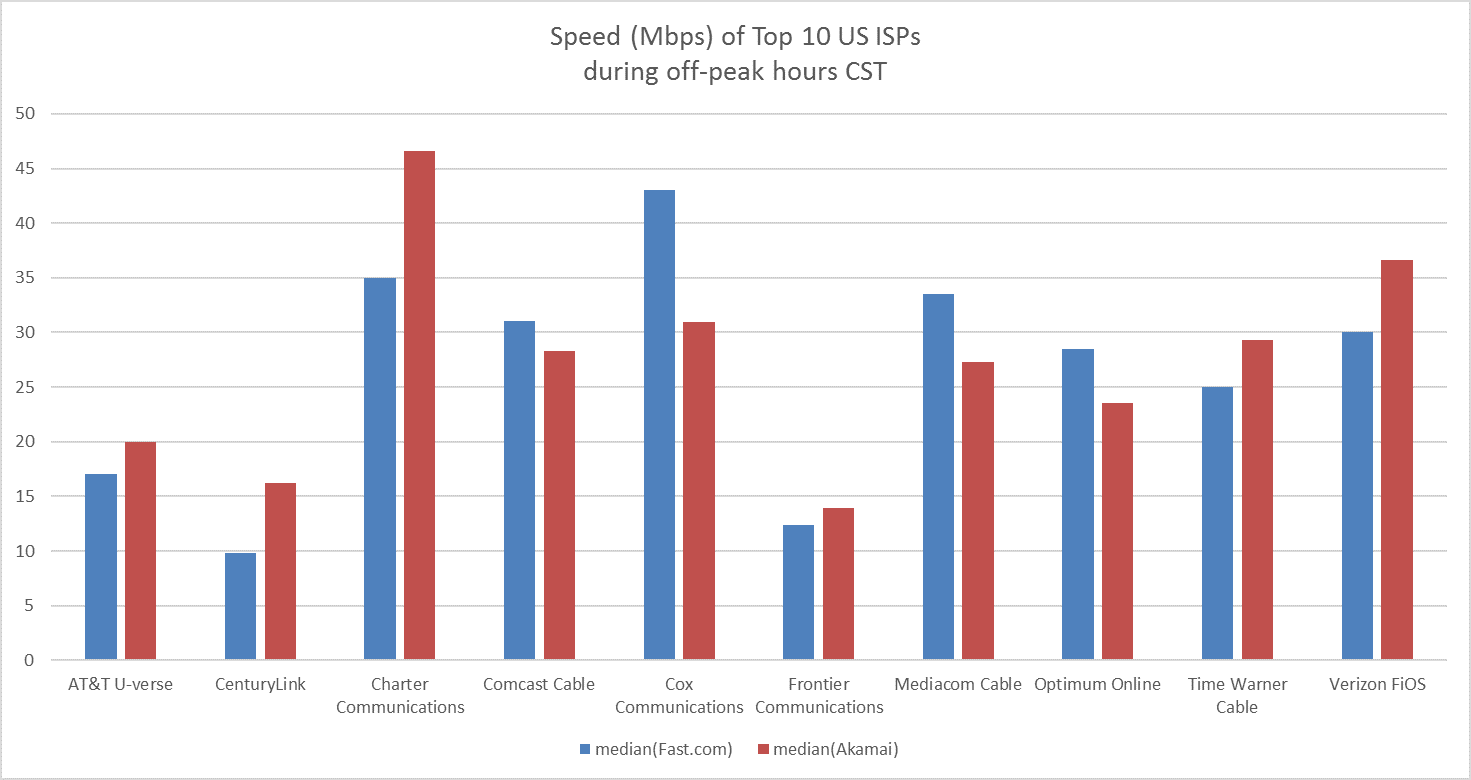
In the recent past we have seen a massive development of online streaming services, where Netflix is one of the leading brands in this new market. Netflix has built its own CDN (Netflix Open Connect) to support its worldwide expansion. This resulted in a rapid growth of bandwidth consumption from a considerable number of users, intensifying year after year together with Netflix’s popularity. Netflix has undergone a massive structural transformation in the way it delivers content. Parting from a monolithic application design with some external CDN support to building their own CDN around the world. Currently Netflix Open Connect has 233 server locations in all 6 continents. Their endpoints are primarily located among IXPs and within some ISPs as well. A model which reminds us of Google Global Cache, by installing cachés close to the last mile to deliver specific services.
ISPs have reacted differently across the globe, resulting in some heated discussions about traffic shaping, throttling and service differentiation from ISPs, which rose considerable criticism from defenders of net neutrality and consumers alike. Two years after our previous insight into this topic, we decided to find out what is happening today, if any ISPs are showing signs of throttling Netflix. We found that the situation has improved noticeably.
We setup an experiment which runs from thousands of Speedchecker probes around the world Netflix’s SpeedTest (fast.com) and right after that our own SpeedTest using Akamai endpoints. We compared the results of both tests using our SpeedTest with Akamai as reference and found out which ISPs show noticeable differences when connecting to Netflix. Due to Netflix’s high bandwith consumption and rapidly growing popularity, adapting to such changes might pose a challenge for some ISPs.
After running the experiment for 24 hours, we found that the performance differences between Fast.com and our reference endpoints in Akamai are equivalent, which fortunately tells us that the general rule seems to be not to throttle Netflix.

We can also observe that the situation still changes notably between countries, with Italy showing the worst performance among the countries where our measurements ran.

In the following table, we can see the ISPs in which we measured the top 35 highest median speeds.
[embeddoc url=”http://blog.speedchecker.xyz/wp-content/uploads/2016/09/ISPs-1.xlsx” download=”no” viewer=”microsoft”]
After investigating ISPs in the USA only, we we able to rank their top 10 providers as follows comparing off-peak and peak traffic hours.


We couldn’t detect further major ISPs showing signs of Netflix throttling in the countries we studied. In the cases of CenturyLink, Charter Communications and possibly Time Warner Cable, we can observe a clear disadvantage of Netflix during peak hours.
In conclusion, we have seen the situation of Netflix evolve in positive terms for the consumer. We can see from our test results that the global tendency is to respect net neutrality. There are still ISPs worldwide which haven’t joined Netflix OpenConnect CDN yet and therefore they cannot profit from its traffic delivery benefits. Others simply slow down altogether during peak hours which reveals difficulties at coping with high traffic demand. So far this year, Netflix global launch seems to have gone peacefully and without any major incidents. The market has made its share of pressure to the industry, pushing them to develop high performance infrastructure for the end consumer, while clearing the path for other applications high in bandwidth consumption to enter the market with lower technical and legal barriers.